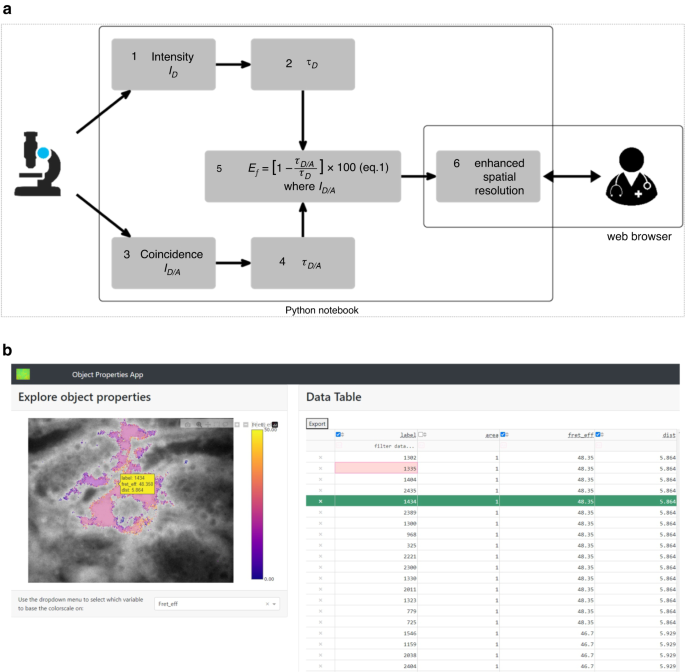2024-02-09 カロリンスカ研究所(KI)
◆老化に伴い繊維芽細胞の数が減少し、勃起能力が低下することが報告されており、定期的な勃起が勃起機能を改善する可能性があるとされています。この研究から得られた知見は、勃起不全の新しい治療法の開発につながる可能性があります。
<関連情報>
- https://news.ki.se/fibroblasts-in-the-penis-are-more-important-for-erectile-function-than-previously-thought
- https://www.science.org/doi/10.1126/science.ade8064
陰茎勃起を媒介する海綿体線維芽細胞 Corpora cavernosa fibroblasts mediate penile erection
EDUARDO LINCK GUIMARAES, DAVID OLIVEIRA DIAS, WING FUNG HAU, ANAIS JULIEN, […], AND CHRISTIAN GÖRITZ
Science Published:9 Feb 2024
DOI:https://doi.org/10.1126/science.ade8064
Editor’s summary
The corpora cavernosa are masses of vascular tissue that can fill with blood and thereby enlarge upon stimulation, creating the structure needed for penile erection. By studying the underlying mechanism for this process in mice, Guimaraes et al. determined that perivascular fibroblasts in the corpora cavernosa play a key role in erection physiology (see the Perspective by Ryu and Koh). Norepinephrine is a vasoconstrictor that restricts penile blood flow at baseline, whereas vasodilators released by sexual arousal counteract its effects, allowing an erection to take place. Recurrent erectile activity down-regulates Notch signaling, thereby increasing the numbers of perivascular fibroblasts, and these fibroblasts then suppress vasoconstrictive norepinephrine signaling. Conversely, aging is associated with a decrease in these fibroblasts, contributing to the risk of erectile dysfunction. —Yevgeniya Nusinovich
Structured Abstract
INTRODUCTION
Penile erection, a physiological process crucial for sexual function, relies on the intricate regulation of blood flow within the sponge-like vascular bed of the corpora cavernosa (CC). In the flaccid penis, sympathetic release of the vasoconstrictor norepinephrine maintains vascular smooth muscle cells tonically contracted, restricting penile blood flow. Upon sexual arousal, nitric oxide and acetylcholine are released from parasympathetic nerves, mediating vasodilation through the relaxation of vascular smooth muscle cells. The incoming blood fills the CC, leading to penile erection. Despite the recognized importance of endothelial and vascular smooth muscle cells in the erectile process, the vast population of fibroblasts in the CC has been largely overlooked.
RATIONALE
Fibroblasts constitute the largest cell population in the human CC, but their physiological functions remain largely unexplored. Our aim was to elucidate the contribution of CC fibroblasts to the regulation of penile blood flow. Characterization of CC fibroblasts through single-cell gene expression profiling and histological analysis in cleared tissue revealed their heterogeneity and integration in the erectile tissue. Using genetic targeting and optogenetic-induced fibroblast depolarization, we found that fibroblasts actively participate in the regulation of penile blood flow. Furthermore, by chronically altering erection frequency using chemogenetic modulation of brain regions responsible for arousal, we addressed the impact of erection recurrency on fibroblast number and blood flow regulation. Finally, we investigated whether the number of fibroblasts is altered by aging and how a reduction in fibroblast number affects penile blood flow.
RESULTS
Our study revealed that fibroblasts in the CC play a pivotal role in supporting vasodilation by modulating norepinephrine availability. The efficacy of this process depends on the number of fibroblasts, which is regulated by erectile activity. Penile erection temporarily alters the spatial arrangement of cells throughout the CC, leading to down-regulation of Notch signaling in fibroblasts. Inhibition of Notch signaling in fibroblasts leads to a substantial increase in fibroblast numbers, which can cause long-lasting erections characteristic of priapism. Constitutively active Notch signaling decreases fibroblast numbers and lowers penile blood perfusion. Boosting the frequency of erections reduces Notch signaling, increasing fibroblast numbers and promoting vasodilation. Conversely, a reduction in erection recurrency increases Notch signaling, decreasing the number of fibroblasts and diminishing penile blood perfusion. Aging, one of the major risk factors for erectile dysfunction, reduces the number of penile fibroblasts and limits penile blood perfusion. A reduction of penile fibroblasts in young animals mimics the penile blood flow phenotype of aged animals.
CONCLUSION
Fibroblasts, previously regarded as static and homogeneous cells, are emerging as a dynamic and heterogeneous cell population. We discovered that CC fibroblasts act as key blood flow regulators, shifting the balance between vasodilators and the vasoconstrictor norepinephrine toward vasodilation. Notch signaling serves as a central hub coordinating fibroblast turnover, norepinephrine sensitivity, and, ultimately, the erectile process. The dynamic regulation of fibroblast numbers coupled to erection recurrency underscores the plasticity of erectile function. This positive feedback loop may exacerbate erectile dysfunction in chronic conditions such as aging or diabetes. Indeed, our observations in aged animals suggest a potential link between reduced fibroblast number and erectile dysfunction, highlighting the clinical relevance of understanding the cellular mechanisms of erection. Overall, this study provides a mechanism for modulation of penile erection and establishes a foundation for further research in the field of sexual health.
Fibroblasts mediate erectile activity–dependent modulation of penile blood flow.
Notch signaling in CC fibroblasts decreases upon erection. Increased erection frequency leads to proliferation and higher number of penile fibroblasts, which in turn reduces the availability of the vasoconstrictor norepinephrine (NE), supporting penile erection. A chronically low erection frequency reduces fibroblast numbers and lowers penile blood flow. NO, nitric oxide; vSMC, vascular smooth muscle cell.ILLUSTRATION: TIMM HÄNEKE.
Abstract
Penile erection is mediated by the corpora cavernosa, a trabecular-like vascular bed that enlarges upon vasodilation, but its regulation is not completely understood. Here, we show that perivascular fibroblasts in the corpora cavernosa support vasodilation by reducing norepinephrine availability. The effect on penile blood flow depends on the number of fibroblasts, which is regulated by erectile activity. Erection dynamically alters the positional arrangement of fibroblasts, temporarily down-regulating Notch signaling. Inhibition of Notch increases fibroblast numbers and consequently raises penile blood flow. Continuous Notch activation lowers fibroblast numbers and reduces penile blood perfusion. Recurrent erections stimulate fibroblast proliferation and limit vasoconstriction, whereas aging reduces the number of fibroblasts and lowers penile blood flow. Our findings reveal adaptive, erectile activity-dependent modulation of penile blood flow by fibroblasts.



